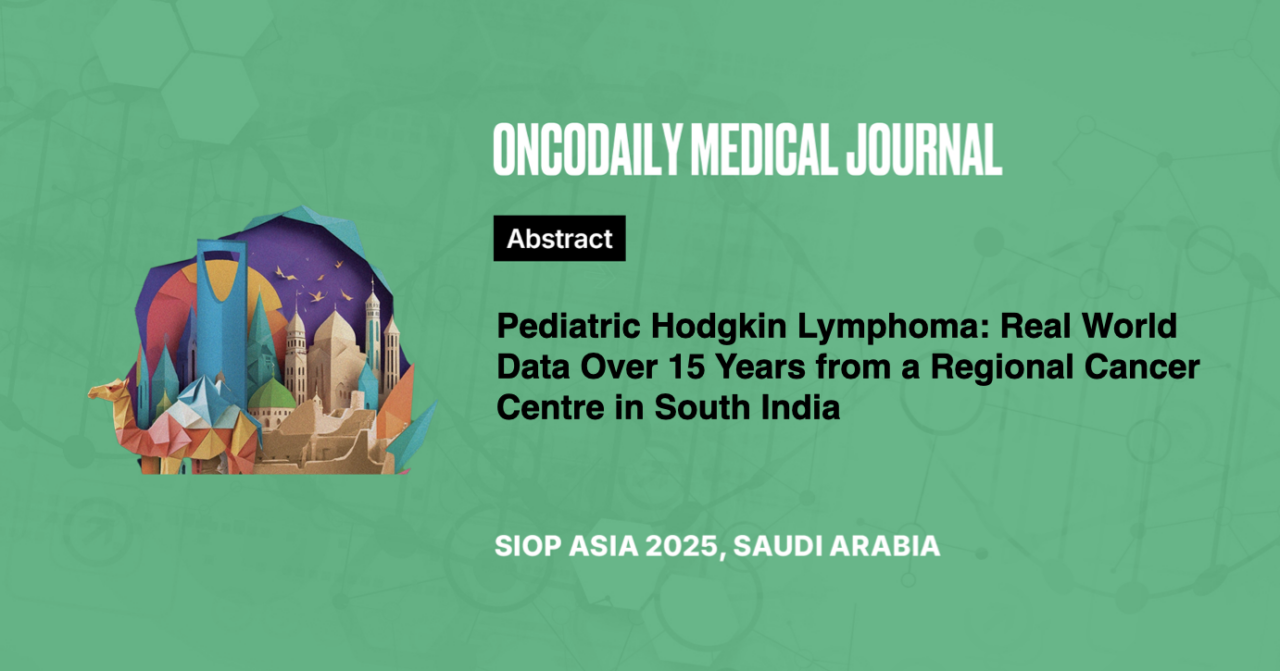Pediatric Hodgkin Lymphoma: Real World Data Over 15 Years from a Regional Cancer Centre in South India
Abstract
Introduction: Outcomes of pediatric Hodgkin lymphoma (HL), a highly curable malignancy in the LMIC setting are inferior to that in the developed world. In this study, we described the clinical profile and outcomes of pediatric HL and identified risk factors affecting outcomes.
Methodology: A retrospective medical record review of all children under 15 years of age diagnosed with HL at our center between January 2007 and December 2021 was conducted. Children were treated either with ABVD or ABVD COPP chemotherapy. Those with residual disease or bulky disease received irradiation.
Results: During the study period, 338 children were diagnosed with HL. 274 ( 81%) were male, median age was 9 years (range 2 – 15 years). 158 (47%) had B symptoms and 155 (46%) had bulky disease. The majority (60%) of children presented in advanced stage (stage III/IV). The most common histologic subtypes were mixed cellularity (33%) and nodular sclerosis (26%). Nearly 54% of patients received radiotherapy. 298 (88%) patients completed treatment and 12% abandoned treatment. Amongst those who completed treatment, 5-year EFS was 83.5%. The 5-year EFS for patients with early and advanced-stage disease was 92.7% and 77% respectively. On univariate analysis, advanced stage, the presence of splenomegaly, Hb < 10.5 g/dl, and albumin < 3.5g/dl significantly predicted inferior EFS and OS. On multivariate analysis, only hypoalbuminemia significantly predicted EFS (p <0.001) and OS (p <0.001). Chemotherapy-induced nausea vomiting (CINV) was the most common toxicity observed in 21% followed by neutropenia in 12%. One patient developed anthracycline-induced cardiotoxicity while another developed secondary AML 9 years following treatment completion.
Conclusion: Outcomes of pediatric HL treated at our center are comparable to global outcomes. Treatment abandonment is a challenge.





